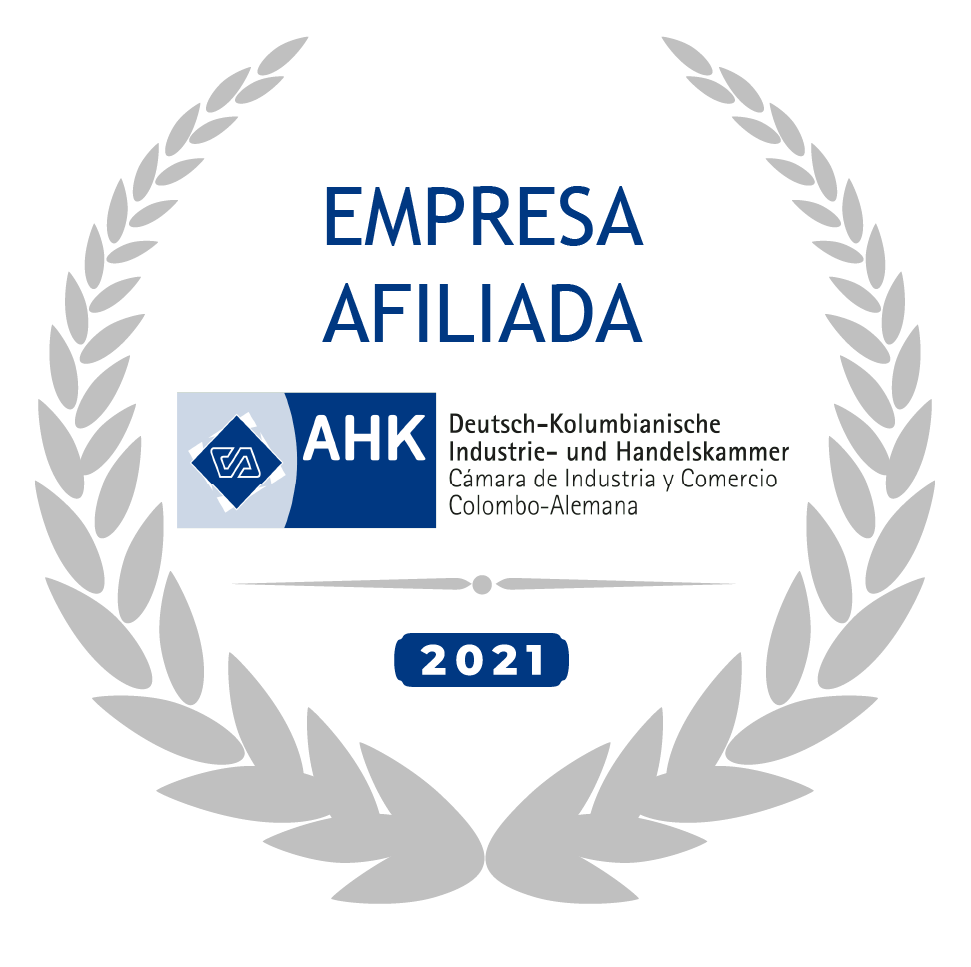Healthy and Safe Teleworking Schemes
In the new era of the low touch economy, businesses are endorsing teleworking as an alternative to minimize occupational risks and hazards, gain corporate benefits, and reduce their carbon footprint. Our firm assesses compliance with the main regulatory requirements established for work from home (i.e. Law 1221/2008 and Decree 884/2012) and streamlines the operations of the businesses we engage with.
Our aim is that work performed outside of the office or beyond industrial facilities continues being productive, leads to a reduction in fixed costs, and enables business objectives. Likewise, we define labor structures that comply with the legal framework for teleworking, which requires a remote work agreement or contract amendments, compliance with internal workplace regulations, full enrollment of workers to social security, and reversibility of teleworking. We assist organizations in the implementation of best practices from a business perspective, define appropriate key performance indicators (KPIs), and undertake continuous evaluations of results and audits with standards that ensure the safety and health of teleworkers.
We work together with our clients to assess the hazards and risks faced by teleworkers, as well as their health conditions. Thus we are better able to prioritize their tailored needs based on our findings. Taking into account the benefits for workers and businesses of well structured teleworking schemes, along with corporate goals and challenges, we define tailor-made telework policies for our clients. On the basis of these analyses and a self-reporting questionnaire to be filled out by workers, the teleworking strategy is established and executed, leading to greater business efficiency, enhancing health benefits, and preventing occupational risks. In this process we not only take into account biomechanical risk factors (repetitive motion, excessive force, awkward postures, sustained postures and prolonged sitting and standing), but also electrical risks, public risks, and review individual work stations.
